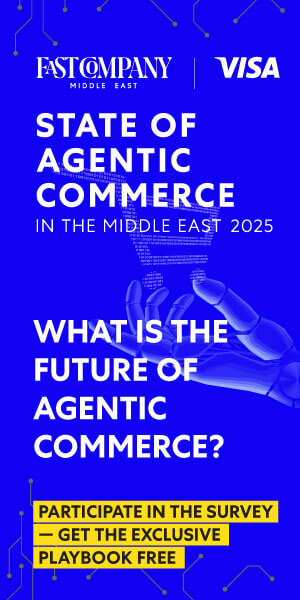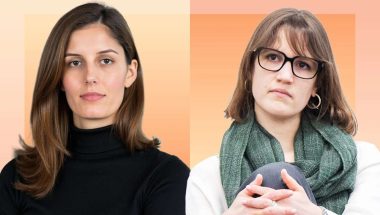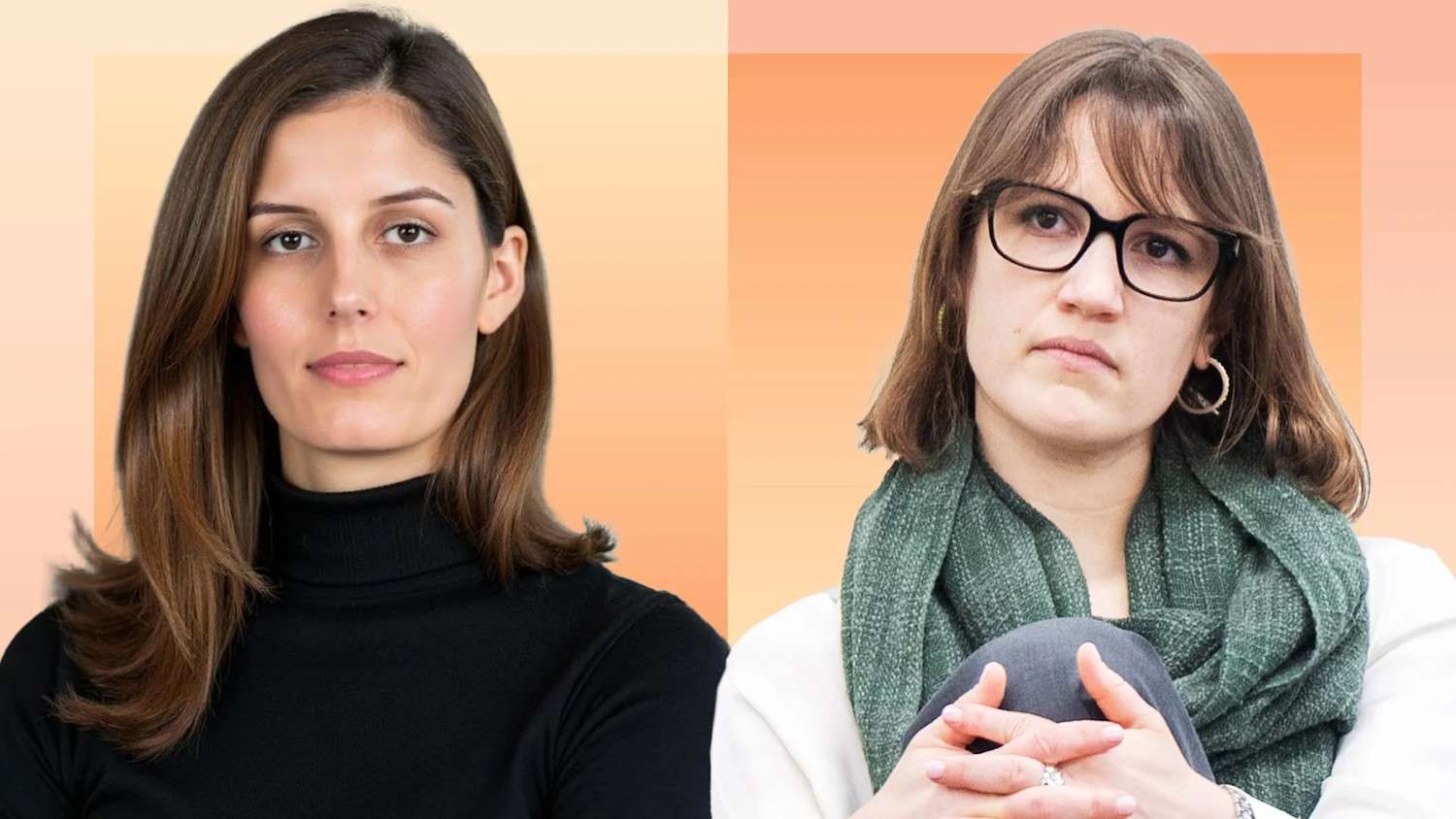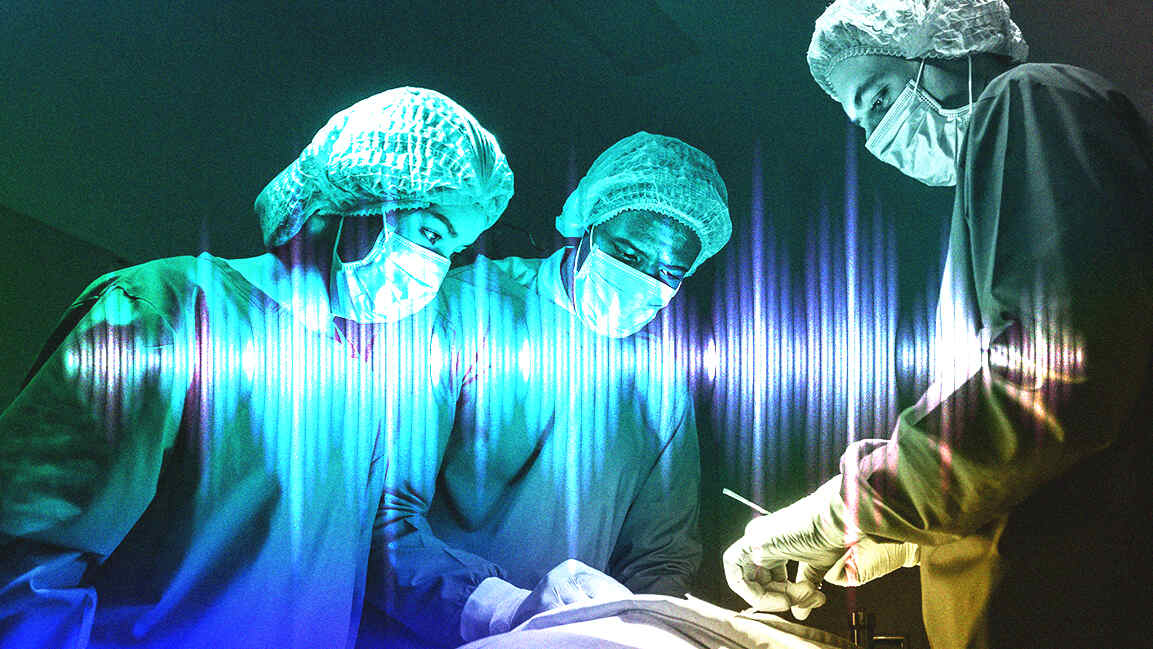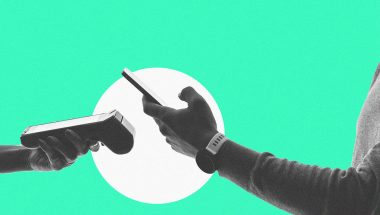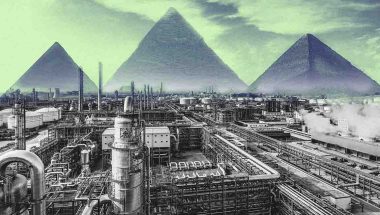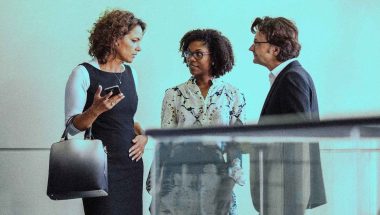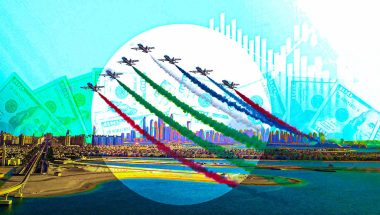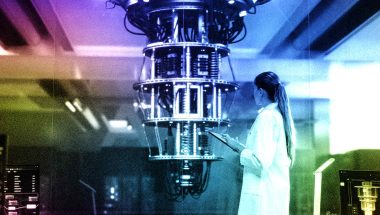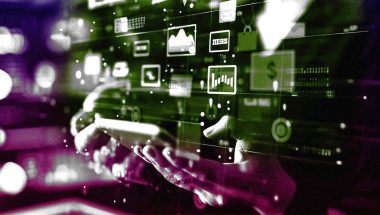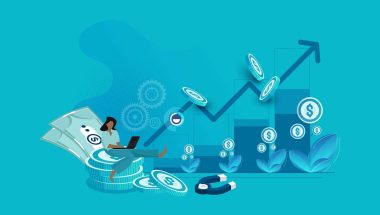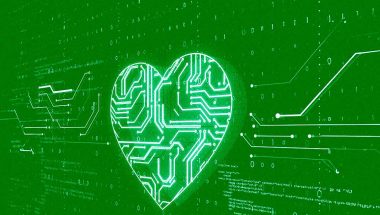- | 9:00 am
Technology and innovation: What’s the human equation?
At Dubai’s Museum of the Future, innovators and investors explored what it truly means to be human as technology advances at an unprecedented rate.
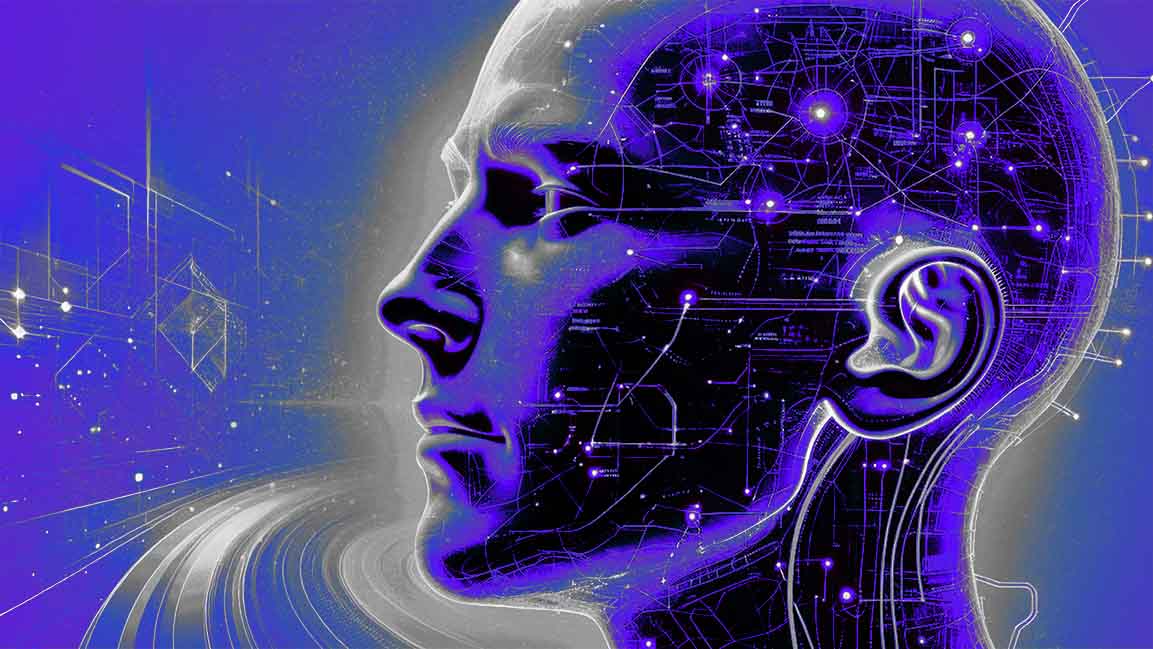
The way we live, work, and connect with the world is evolving faster than ever. From AI and automation to climate innovation and social shifts—everything is in flux. And amid all this change, one question stands above the rest: what does it mean to be human in a world ruled by machines, data, and relentless innovation?
Setting the stage for a conversation about ethics, purpose, and human dignity in a rapidly changing world, the Dubai Future Forum at the Museum of the Future opened a question that most tech experts don’t ask: not “What is the future of AI?” but “What is the future of being human?” The answer could shape society for the decade ahead.
Brendan Doherty, Chief Evangelist at Inside Out, a global holding company investing in environmental and social innovation, said, “The future is not given. It’s how we shape it.”
Inside Out, Doherty explained, invests in businesses at environmental tipping points, sustainable fashion, renewable energy, and food systems that reduce waste and regenerate the planet. “What we put inside ourselves matters just as much as what we put on the outside, and how we structure the world around us defines the human experience.”
Doherty highlighted the company’s founder, Susie Amos Cameron, whose journey from Oklahoma farm girl to Hollywood actor and environmental investor reflects the intersection of personal vision and global impact. Looking ahead, Doherty predicted that sustainable fashion would become as ubiquitous as organic food, signaling a shift in consumer expectations and corporate responsibility alike.
THE MESSY, HUMAN FUTURE
Dr. Alaa Murabit, a medical doctor, UN High-Level Commissioner, and advocate for human-centered policies, took a complementary approach, emphasizing the “messiness” of human life as a feature, not a bug.
“Being human is inherently messy,” Murabit said. “The future will bring more questions, not fewer. With every possibility unlocked, we face questions: Who benefits? Who is harmed? How do we design systems that are accountable, compassionate, and inclusive?”
Drawing on her experience advising the UN Security Council and co-chairing global SDG initiatives, Murabit underscored that technology alone cannot solve society’s biggest problems. “We need equity, agency, and shared responsibility to ensure everyone has access to opportunity,” she said. “That’s the true test of being human.”
CAPITAL, INNOVATION AND INTERCONNECTED SOLUTIONS
A recurring theme of the discussion was the role of capital in shaping human futures. Doherty described Inside Out’s approach as vertically integrated and systemic, rather than siloed. One example: a technology that converts human, animal, and crop waste into nitrogen-rich fertilizer, generating renewable energy and improving food security. “The challenges we face are deeply interrelated,” he said. “To scale solutions, we need a diversified approach that addresses multiple parts of the system at once.”
Murabit echoed this vision. “Traditional funds have been effective, but fragmented,” she said. “If education, climate, and health investments aren’t coordinated, we miss the opportunity to create truly transformative impact. By working together, we can leverage every dollar, ensuring that those closest to the problem can be part of the solution.”
She stressed that a human-centered approach must also integrate AI and technology ethically, with regulations that prioritize dignity, accountability, and opportunity. “Every innovation comes with a thousand questions,” Murabit said. “Our job is to answer them in ways that expand access and protect human values.”
OPTIMISM IN AN ERA OF VOLATILITY
Despite the challenges, the panel exuded cautious optimism. Murabit cited dramatic global progress: child mortality has halved in 25 years, polio is nearly eradicated, and more women and children than ever have seats at decision-making tables. “We have the opportunity to leave the world better than we found it,” she said. “Volatility will always exist, but human ingenuity and compassion can create resilience and dignity.”
Doherty added that solving complex social and environmental issues requires the capital markets as much as philanthropy. In the UAE, green bonds and sustainable finance already demonstrate how systemic investment can scale infrastructure and opportunity. “Environmental crises are not just challenges, they’re enormous business opportunities,” he said. “And together, we can solve them.”
DESIGNING A HUMAN-CENTRIC FUTURE
The conversation at the Museum of the Future was less about AI as a threat or a savior and more about how humans choose to wield it. Doherty and Murabit both emphasized that technology is a tool, not a substitute, for human values, ethics, and creativity.
“In every sphere of influence, ask the questions that only you would ask,” Murabit said. “Who is missing in the room? How do we leverage resources differently to ensure everyone is accounted for?”
Clearly, in a world run by algorithms and automation, the future is rooted in responsibility, collaboration, and empathy. Being human is the most important skill.






